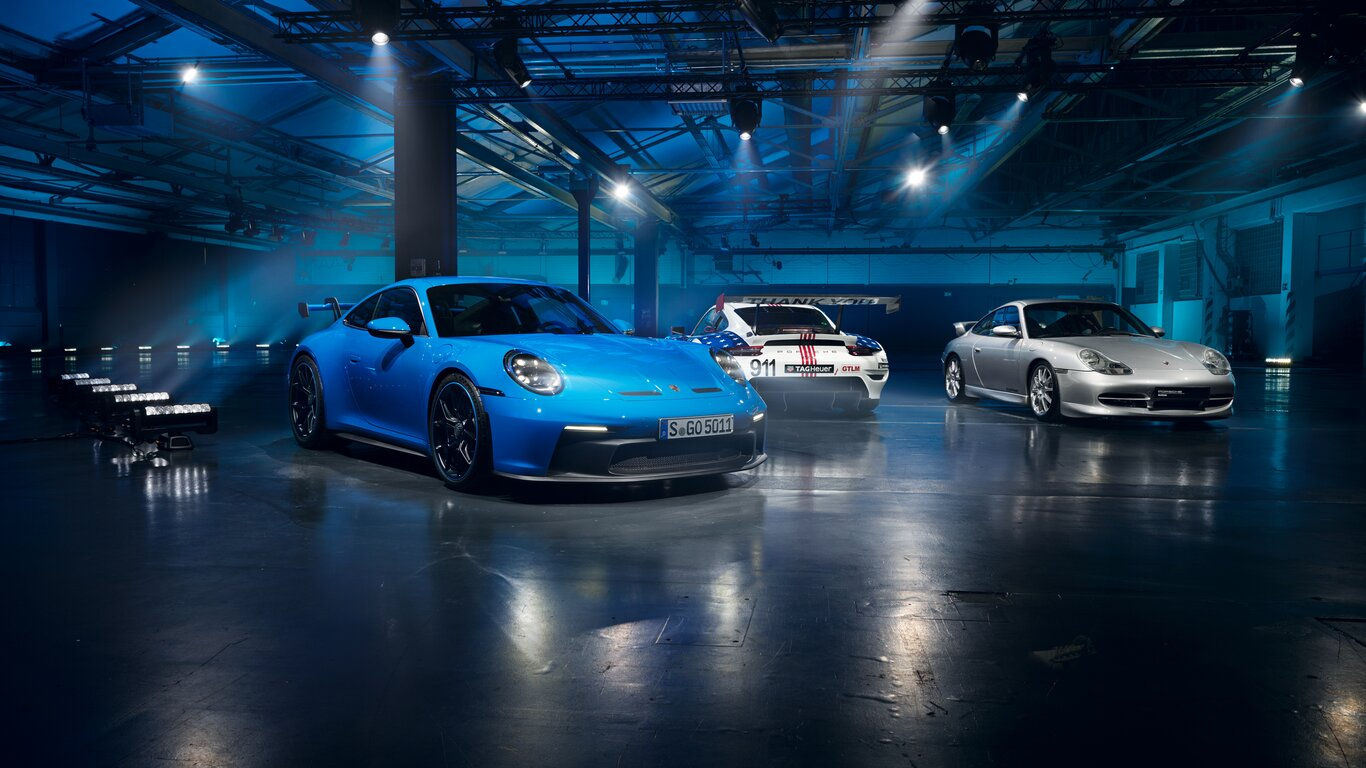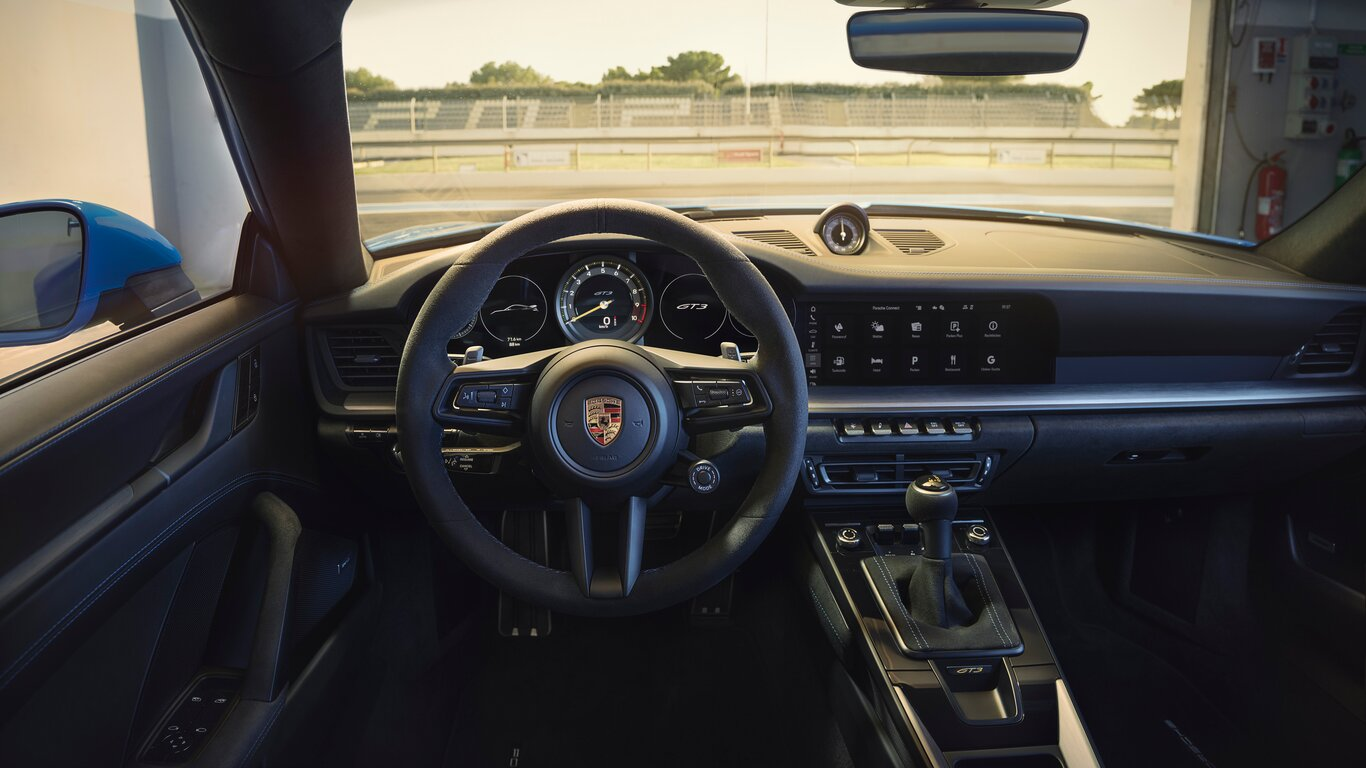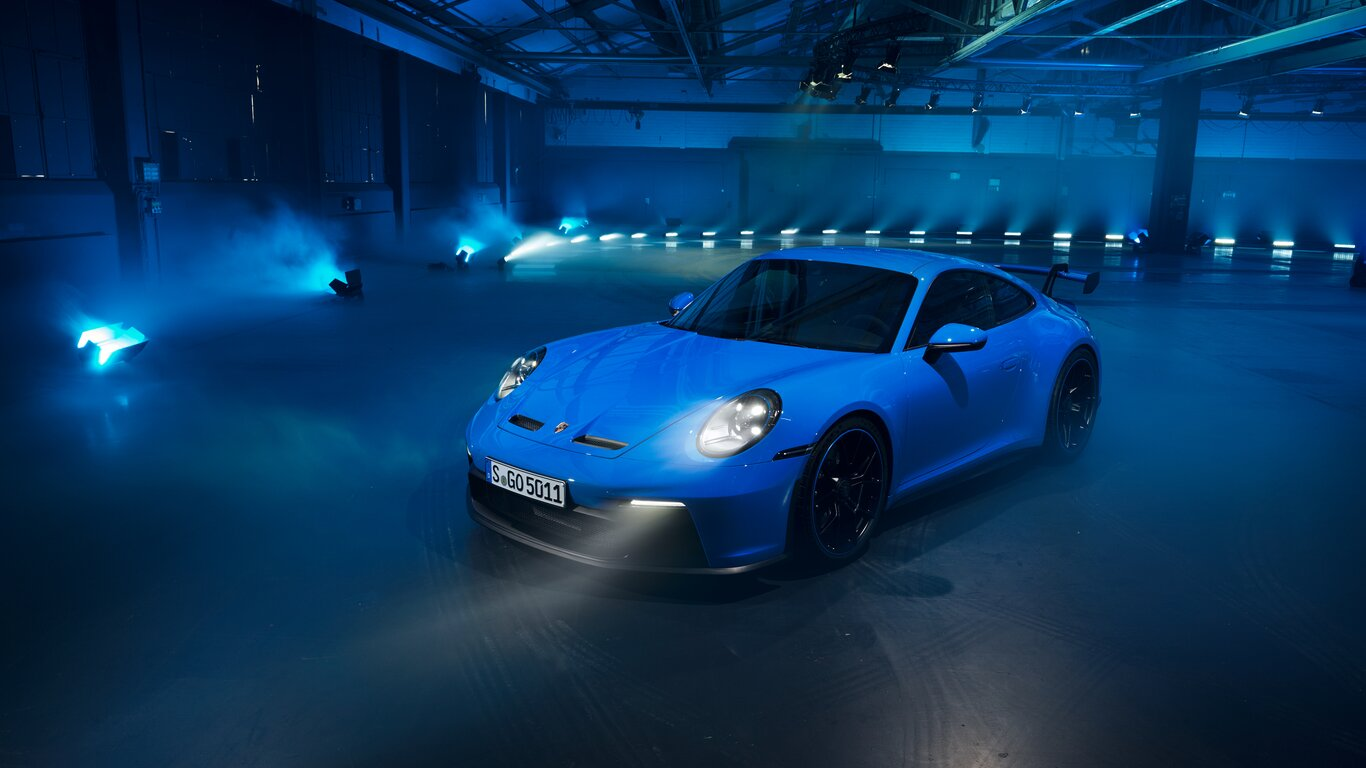
Gather around Porsche fans and take a deep breath. As a test pilot, I am here to report that you can relax for now. The 7th edition of the Porsche 911 GT3 stuck to the traditional naturally aspirated engine! This makes this sports car not only unique in its segment, but also an icon of German engineering.
The name GT3 is actually enough, you don't even have to mention the associated model or brand, connoisseurs of the scene still know immediately which vehicle it is: Porsche GT3, one of the most famous sports cars in the world and one of the many derivatives of the legendary 911 series.
To be more precise, it is the 992 series, which has been on the market since 2019. And traditionally, about two years later, Porsche launches the high-performance GT3 variant, followed about twelve months later by the GT3 RS.
The GT3 is undoubtedly an exceptional athlete, a high-performance sports car that can hardly be driven without goosebumps. Far removed from all hybridization and turbocharging, it remains "old school" and sticks to the high-revving naturally aspirated engine principle.
The base model 911 is already a first-choice driving machine and with 500 hp anything but underpowered. As is well known, a little more is always needed to sweep around corners with even more agility. On the other hand, with so much sportiness, suitability for everyday use must not suffer.

It is precisely this balancing act that a Porsche GT3 masters like none of its competitors. It is not for nothing that many GT3 customers use their sports equipment to the office every day and take it to the racetrack at the weekend.
The performance that is in this 911 is the result of close cooperation between the technicians in series development and the specialists in the motorsport department. "It goes hand in hand," says Andreas Preuninger, Head of GT Vehicles at Porsche, "racing technology can hardly be transferred more directly." 160 hours of fine-tuning in the wind tunnel were devoted to the subject of aerodynamics alone.
The rear wing received the greatest optimization. For the first time at Porsche, it was mounted hanging, which earned it the nickname "swan neck" spoiler. But the advantage is enormous: the air flows much more harmoniously over the rear and correspondingly increases the contact pressure on the rear wheels.
The spoiler can be adjusted in four stages and already has 50 percent better values than the previous model in the basic setting. In the extreme racing setting, it is even 150 percent more! This additional pressure on the rear, in coordination with the also adjustable front spoiler, balances the GT3 extremely well and increases the agility and cornering speeds.
The chassis also makes a significant contribution to it all. For the first time ever in a production model from Porsche, the engineers transplanted a double-wishbone front axle, as found under the Le Mans racing car 911 RSR.
Added to this is the standard rear-axle steering. Depending on the driving speed, it turns the rear wheels by up to two degrees in or against the steering direction of the front axle.
The Test

The GT3 is fitter than ever on its wheels. Of course, the best way to find out how fit is on a closed-off race track, and one never should miss the opportunity to try one. We all love Porsche’s GT cars and some of us also love to take them to their limits.
The precision and speed with which cars can be chased around the demanding course surprises again and again. Even at the extreme limit, the GT3 remains good-natured and predictable, so that even non-professionals can hammer excellent times into the stopwatch.
In-house tests at Porsche have shown that the new GT3 is 17.5 seconds faster than its predecessor on the Nordschleife of the Nürburgring. This means that the 7-minute mark is undercut for the first time with a production 911. In the racing scene, these are worlds.
The high-revving four-liter boxer engine remains an acoustic treat for motorheads. Porsche's engineers have further optimized and refined it compared to the previous version. As a result, the six-cylinder revs up to 9,000 revolutions per minute and delivers a new record with 510 hp. Its torque also climbed from 460 to 470 Newton meters. The individual throttle valves taken from racing cars are also new.

When it comes to the gearbox, the vast majority of customers choose the seven-speed double-clutch automatic, which undoubtedly takes driving pleasure to the extreme with its lightning-fast and intelligent gear changes. But there are more and more purists who prefer the manual gearshift/stick. The German sports car manufacturer responded to the request and continues to offer the classic transmission for the GT3.
A new feature shows that the typical GT3 customer also has a pronounced tendency towards individualism. Anyone who buys their high-performance driving machine has the opportunity to purchase a chronograph specially tailored to their GT3.
The chassis number, for example, is engraved on it, and the housing consists of the titanium used in the connecting rods. The watch is powered by a winding rotor modeled on the alloy wheels, and the dial ring is available in body color. Perfect Porsche Marketing - as professional as the entire car.
The Verdict
In general, the Porsche 911 GT3 has slimmed down in many areas and thus almost has the curb weight of its predecessor. This results in a theoretical power-to-weight ratio of just 6.1 lbs per horsepower.
Our test car brought a few more pounds with a 90-liter tank and the roll cage, but the engine was also particularly well fed and so the racer was even able to undercut the factory specification for acceleration by 0.3 s in our track test.
But as fiery as the GT3 storms off, it's not its engine power that leaves you speechless. More than ever, it's the perfectly balanced chassis and the aerodynamic efficiency that make us race around the circuit, amazed and beaming with joy at the same time.
On the particularly sticky Michelin Pilot Sport Cup 2 R, the Porsche 911 GT3 develops lateral acceleration that even the RS offshoot of the predecessor could not achieve on the same tires. Surprisingly, the 992 took a specific right-hand bend 5.5 mph faster than the 991 GT3 RS and that’s a huge difference on a race track.
If you plan on getting a Porsche 911 GT3, you need to have an indoor garage. It’s a high-performance vehicle and it should be kept under a good cover even indoors for protection. We recommend the
Coverking Satin Stretch Indoor Covers
for your GT3. Also, don’t forget to pick up your
Custom Fit Sunshield
while you’re at it for those sunny days.
Tankut Basar
Tankut Basar is an ARA (American Rally Assoc.) Racing Driver and an FIA Bronze Category License Holder. His passion for driving began with karting like most racers. He started racing internationally at the age of 22. Tankut loves everything car-related and will keep enjoying the drive until the end.




